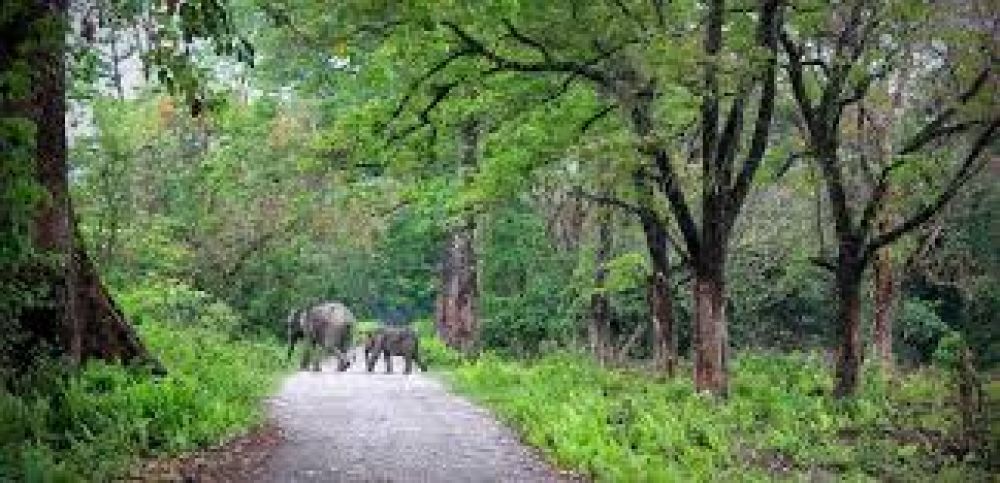

Royal Manas National Park (RMNP) is Bhutan's oldest protected area, with a history that dates back to its establishment as a wildlife sanctuary in 1966. It was upgraded to a national park status in 1993. The Royal Manas National Park, adjacent to Assam's Manas National Park in India, is part of a larger conservation area known as the Transboundary Manas Conservation Area (TraMCA). Both parks have been recognized as a UNESCO World Heritage site since 1985 under a combined listing.
Recent tourism trends in Royal Manas National Park have shown an increased interest in sustainable and ecologically responsible travel. Visitors are drawn to the park's unparalleled biodiversity, including its populations of Bengal tigers, Asian elephants, and greater one-horned rhinoceroses, amongst other species. Birdwatching has also become a significant draw, with the park being home to numerous bird species, some of which are endemic to the Eastern Himalayas.
Community-based Tourism has been gaining momentum, with local communities around RMNP being involved in tourism activities that directly benefit them, preserving both their traditions and the environment. Tourists to the area can engage in cultural experiences, such as homestays, that provide a more immersive and authentic Bhutanese experience.
Technology has also impacted tourism, with online booking and virtual tours growing in popularity. Although in-person visits to such pristine locations always remain a priority for travelers, digital awareness plays a role in increasing interest and facilitating access.
In response to the global pandemic, Bhutan, including RMNP, closed its borders to tourists to safeguard its population. However, Bhutan has started reopening with revised strategies that still maintain its approach to sustainable tourism, aligning with both environmental protection and economic development.
With the advent of new policies and continued global interest in sustainable travel, Royal Manas National Park is set to remain one of Bhutan's top eco-friendly tourism destinations, offering unique experiences to visitors while maintaining its pristine natural beauty and cultural integrity.